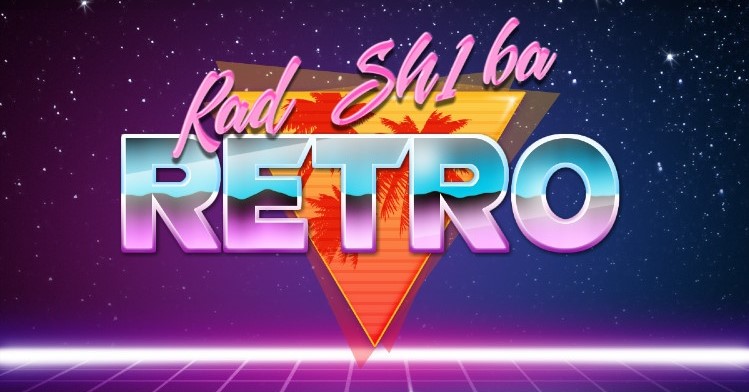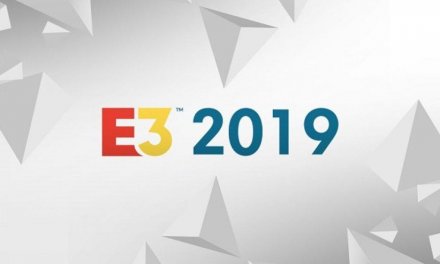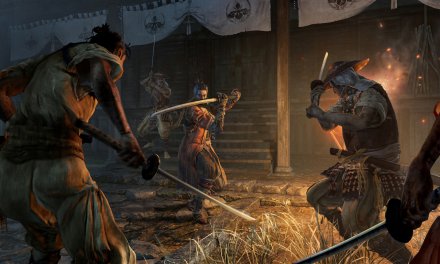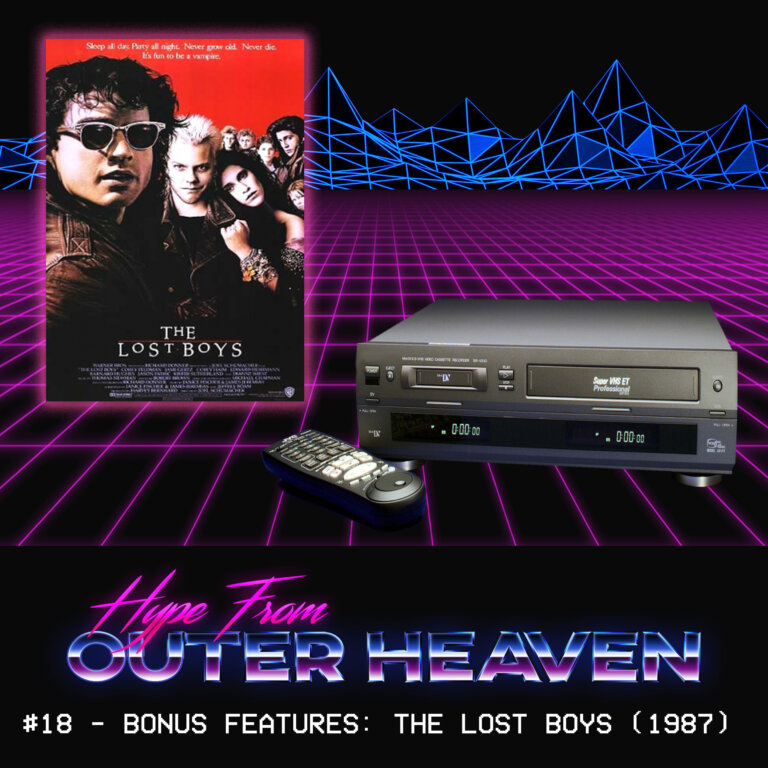Retrograde, Retrogame, and now just Retro. Games have come a long way from its humble beginnings as a computer program to waste some time, to a multi-billion dollar industry that has helped shape the world of digital media at we know it today. We see new attempts every year with new concepts, new ideas and new ways to draw people into this massive medium, but it’s important to step back and evaluate what’s going on in such a huge and diverse industry. Today we’re looking at the launch of a new generation. The PS5 and the Xbox Series X are just around the corner, but have either of them learnt from their past mistakes?
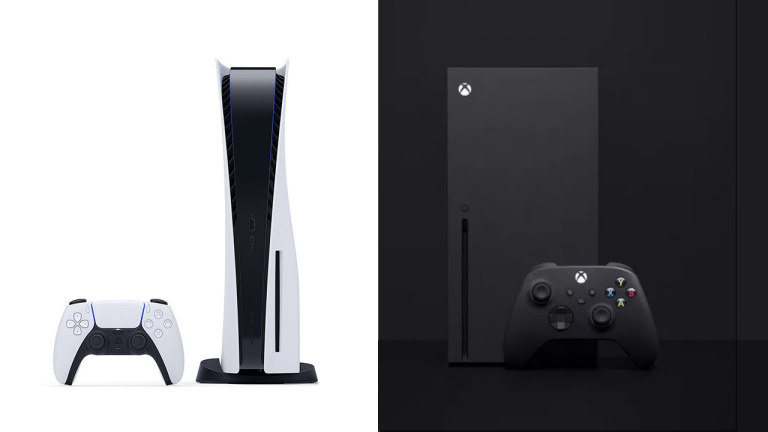
Just over a year ago I wrote an article after E3 wrapping up what was a very uneventful 2019 event. It was never going to shock and amaze anyone as we all knew that the next-gen consoles were coming the year after, so none of us expected any big news. What I did point out towards the end was Sonys general unwillingness to put any effort into making the later years of the PS4, and what would be the PS5, anything more than a high-end games machine for next-gen games with the idea it would sell well just because the PS4 sold well. The PS4 far outsold the Xbox One line of consoles and for good reason, it just seemed like the better-rounded console with more games you’d actually want to play. Sony absolutely killed it over the last few years with exclusives such as Uncharted, God of War, Last of Us, Bloodborne, Horizon Zero Dawn and Spiderman. Xbox on the other hand meandered by with underwhelming sequels such as Gears of War or Halo 5, which were just reskinned versions of their 360 predecessors. This alone made the PS4 a better choice for gaming as all these games were critically acclaimed titles that weren’t available anywhere else at the time. But if you ignored these exclusives for a minute and look into why you’d own a PS4 over an Xbox One, a lot of the reasons aren’t why the PS4 was the better choice, but why the Xbox One was the lesser choice. The PS4 came out on top because the Xbox One had an extremely troubled launch that would have it playing catch up for most of its life, so why buy the console that’s playing catch up? Just buy the PS4.
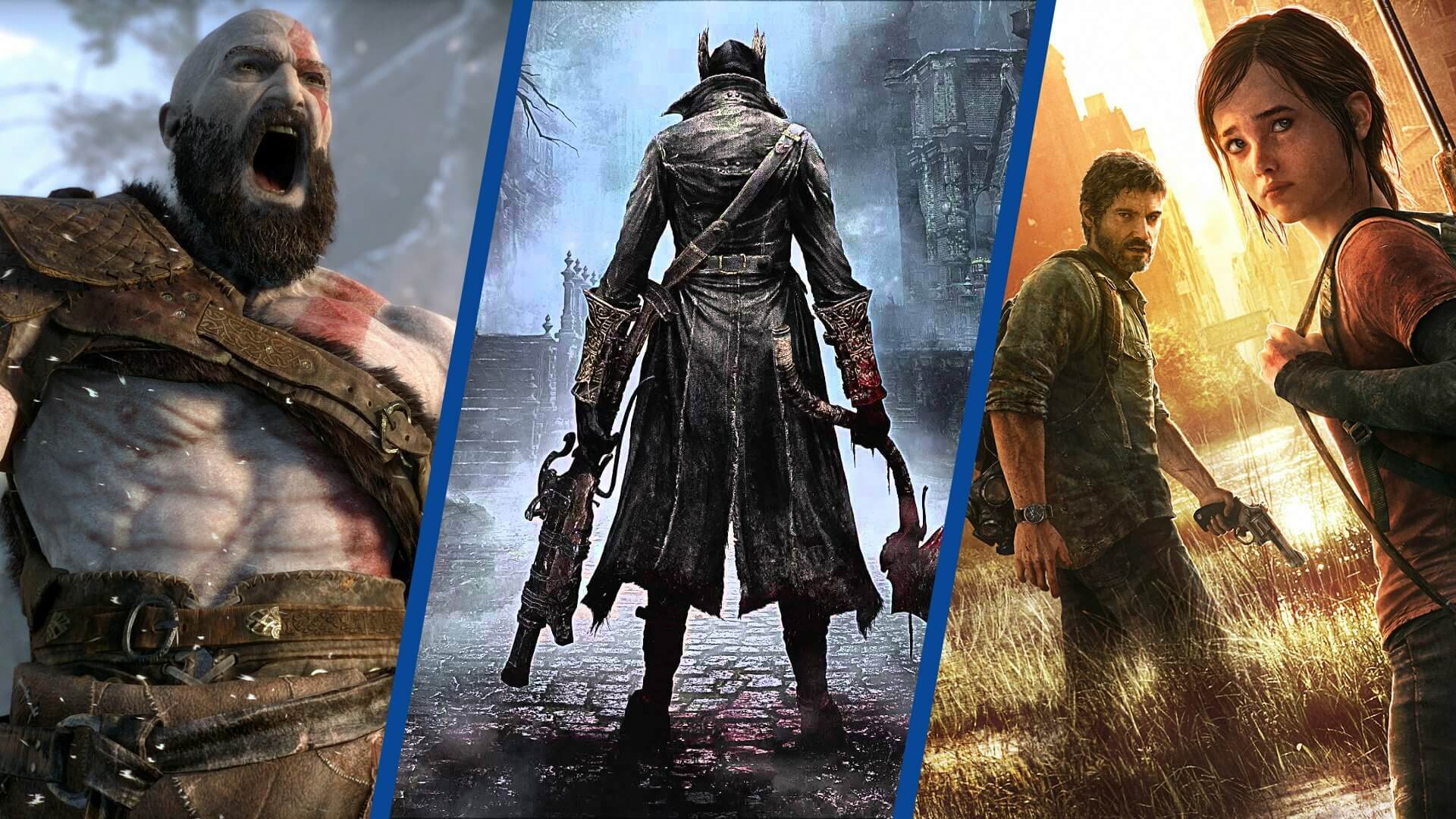
With exclusives like this, why bother with an Xbox?
The Xbox One’s troubles began far before it was even announced. Back in early 2013 rumours started circulating that the next generation Xbox needed to stay permanently online. This caused some concern in the gaming community as some felt it was unneeded, or that if they had an unstable internet connection (or slow / no internet connection) they wouldn’t be able to use the console to it’s fullest ability. In May the same year, Microsoft launched a press event showing off the console and it’s home media capabilities. The original Xbox One had a heavy emphasis on home entertainment, meaning you could plug your satellite/cable box into your Xbox and use new Kinect module to control the TV, or have the tv guide built into the Xbox making it the all in one home entertainment system. This was the beginning of a bad life for the new console. People weren’t interested in TV capabilities or built-in functionality, they wanted games. This was also the first time we saw the console and it was huge and drew pretty heavy criticism. Personally, I don’t mind the look as I’m a sucker for 80’s design but I could understand that they could have shaved a good 30% of the size off if they opted to remove the TV features no one asked for. Over the next few months, more information came out finally reaching it’s worst moment at E3, trying to pass off all these amazing new ideas, most of them being bad.

This man did an amazing job at making us buy a PS4
Microsoft promised that ‘cloud computing’ could process some of the more demanding games, which sounds pretty good, but this also meant having the always-on system, which people weren’t happy about. The Kinect would be bundled in with the console and by this point, the original Kinect was already seen as a useless gimmick, but Microsoft was adamant that the console just wouldn’t work without it, which also prompted security concerns that the Xbox could watch and listen to its users when not in use. But the Xbox One’s biggest problem was how it handled second-hand games and digital rights. The short version is that the Xbox One would not fully support second-hand games, which created a massive backlash in the gaming community as selling older games, part exchange shops and lending to friends us a huge part of the gaming world.
The idea was that each individual copy of a game would have a digital key assigned to it and when a game is installed that key would be bound to your Xbox Live account. Using the disc on another Xbox (and therefore another account) meant the Xbox would recognise that particular digital key has already been used, and not work on the other console. If you thought you could just unplug your Xbox and remain offline to avoid this problem, then you’re also out of luck as this was related to the always-online system. If you tried to load up a console offline you’d just be barred from your gaming collection until you connected. You were paying for the license to run the game, instead of the copy of the game itself. Microsoft claimed that while you could buy a second-hand game, you would have to buy a digital key for that game either online or at specific retailers. An advantage of this system however was you could game share your digital key with up to 10 other people linked on your family account. The other idea was that it was more to help developers as sales of second-hand games do not go to the publisher, but the second-hand retailer. This was a commendable effort to help out smaller studios but at the expense of its customers, and the backlash was immediate.
These new restrictions on an already polarising console were met with heavy criticism and it was only to get worse with the pricing. At the end of the show, Microsoft announced the Xbox One would cost £449.99. Not a terrible price despite the criticisms as this was a cutting edge technology for the time and new consoles always have hefty price tags. The problems with this price came a few hours later with Sonys announcement of the PS4. Sony really aimed low and fired shots at the Xbox One with specific claims that the PS4 wouldn’t need to always online, would have no restrictions on second-hand games, and that it was a much more powerful console than the Xbox One. And then the biggest blow to the Xbox One was its pricing. The PS4 would cost £349.99, which was £100 less than the Xbox One and would launch around the same time, and the reality of the Xbox One’s existence really came into question. The Xbox One would require you always need to be online, would restrict your ability to play second-hand games, was larger, heavier and less powerful than the PS4 (the PS4 was also better looking), forced you to have Kinect bundled in (which no doubt drove up the price), had unwarranted TV features (again driving up the price) and would cost £100 more than the PS4. The writing was really on the wall for Xbox, but Don Mattrick (president of Interactive Entertainment for Microsoft who led most of the reveal) decided he wasn’t done yet ruining an already horrible reveal for the console. During an interview at E3, he was asked about the always-online system and if they would consider changing it in the future to which he replied: “We have a product for people who aren’t able to get some form of connectivity, it’s called Xbox 360” which was an absolute slap in the face to anyone who wanted a next-gen Xbox but had connectivity issues. It was Don Mattrick telling the customer that no, they are wrong and this isn’t the console for you if you don’t like our terms.
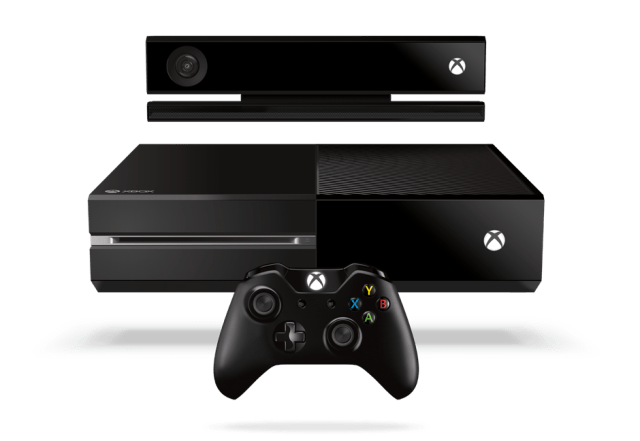
Large, ugly, heavy, expensive, locked in
It was a horrendous reveal with a huge backlash from the gaming community. The Xbox One just wasn’t a rational purchase when sized up to the PS4 and almost instantly Microsoft reversed a lot of the bad decisions it had made. The always-on system and second-hand game licensing were scrapped and reverted back to the traditional way of buying, selling and part exchanging old games. This began a period of time of Microsoft trying to turn the Xbox One into something they could sell over the PS4, with new exciting games and a change in their strategy. Just over a year later Microsoft started selling Xbox Ones without the Kinect module included lowering the price of the console and because it just wasn’t seen as a requirement. The first 2 years of the Xbox One’s life were reversing many of the bad decisions Microsoft had made initially and by early 2015 the console was alright, but still not worth buying over the PS4, and this is where the story splits into two different ways of looking at the Xbox One’s life.
The first school of thought is that the Xbox One was a failure. It didn’t have the games, it didn’t have the appeal and even with new variants down the line it would never reach the hype of the PS4 and it’s amazing that anyone was even playing an Xbox in it’s later years. This isn’t too far from the truth as the Xbox One did not sell amazingly well compared to the competition. For every Xbox One sold, Sony was selling two PS4s. Its reasons for why it failed are also accurate as it’s initial mistakes and lack of critically acclaimed exclusive games meant it was never going to beat the PS4. The problem with this way of thinking of the Xbox One is that it ignores much of what the Xbox One did later on with its services and software, which many will brush off as minor due to the aforementioned mistakes and exclusivity problem. But the reality is that these improvements are going to be huge factors in the next-gen console war. This is the Microsoft Sony think they are fighting against with the PS5, and are basing it’s a success on the fact the PS4 did well, therefore the PS5 will do well. But the Microsoft of 7 years ago are massively different to the Microsoft and Xbox we see today, and I don’t think Sony realise that.
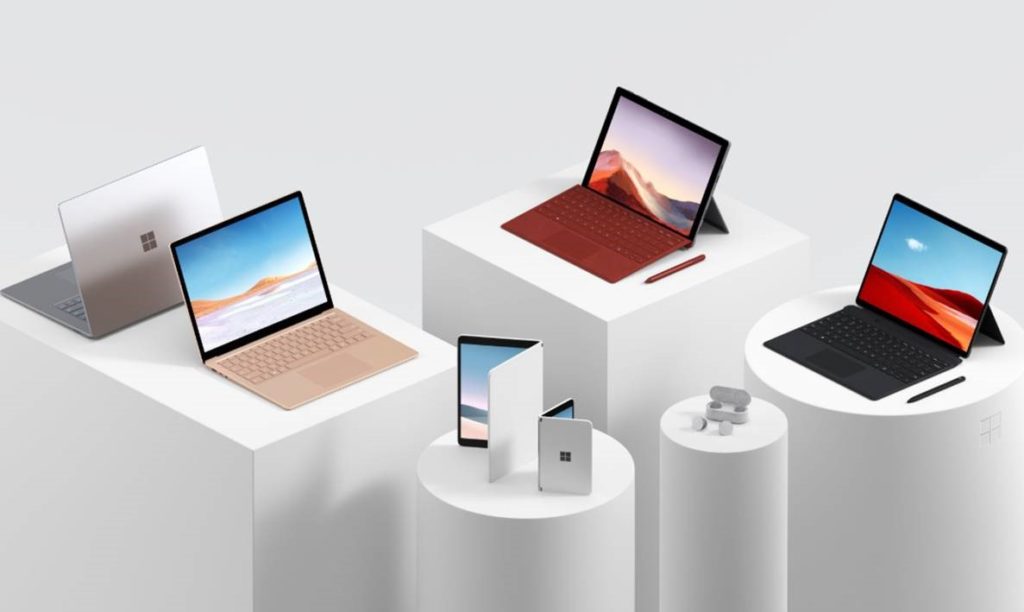
The Surface line had a shaky start, but has since become one of Microsofts best performing lines
In the early 2010s, Microsoft was trying to re-establish themselves as major players in the computing industry. They had released their tablet computer hybrid with the Surface line, they had bought Nokia and released Windows Phone and we’re trying new things with the Xbox One. At launch, all of these ideas failed. The Surface Pro was expensive, heavy and had poor battery life, the Surface RT was also expensive and could only run a select few apps from the bare Windows Store, and Windows Phone was a locked-in OS that also suffered a similar app problem. Much like the Xbox One of the time, most of Microsofts products suffered because they wanted control of their ecosystem and their user base which was a major factor in these products fail. Cut to 2020 and the Surface line of computers is wildly successful with several types of Surface computers for all price ranges and run full legacy software, allowing apps to be installed from anywhere like a standard computer. Windows Phone was dropped completely and the Surface Duo, an interesting take on the dual-screen phone, runs Googles Android, a much more popular and open system. And the Xbox One has changed so much since launch that it’s set the groundwork for the Series X to be an amazing console, even upping their software game so that you can play Xbox games even if you don’t own an Xbox.
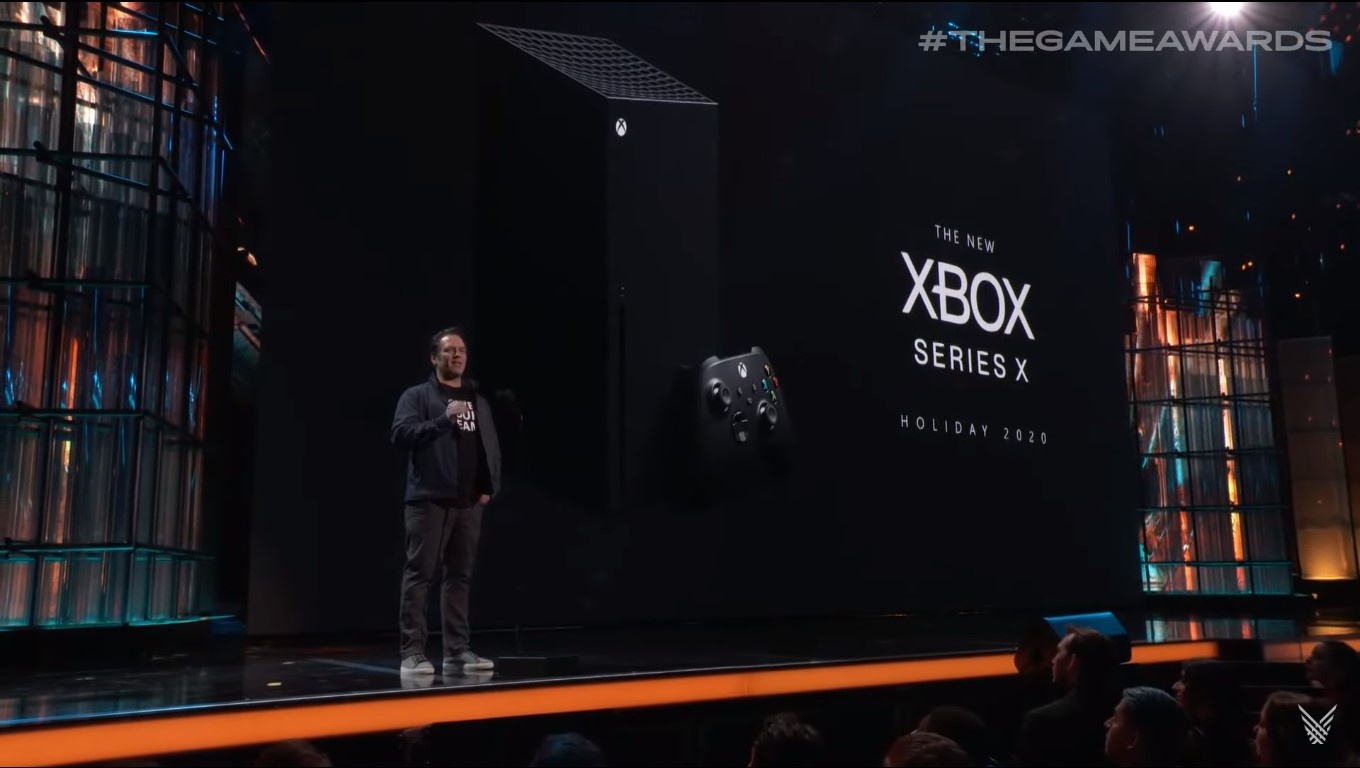
Xbox Series X at the Game Awards 2019, a reveal we did not see coming
The second school of thought is realising how much Xbox had done in its later years by listening to fans and making changes that people wanted, and how much the Xbox had changed since its initial launch. In the digital age we live in, it’s easy to cross over different types of technology and services, our smartphones and smart tech can connect to pretty much everything, with services from all over being unified on one device. This is what Xbox is doing, and it could prove to be the winning formula for the next-gen console war.

